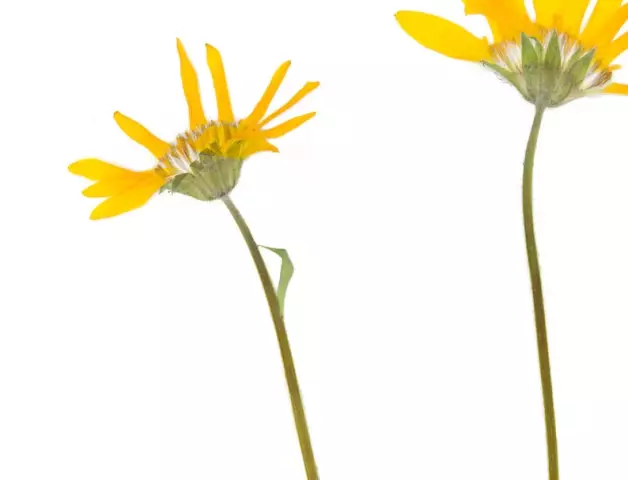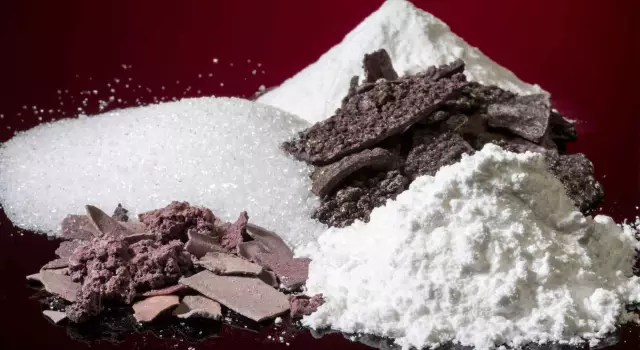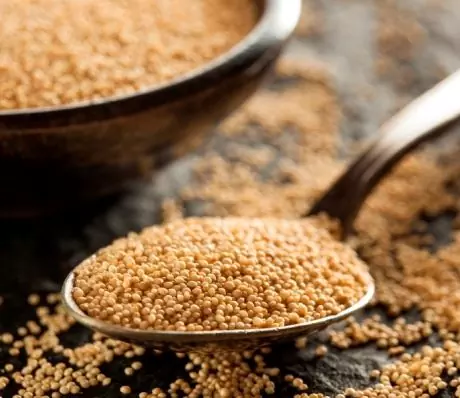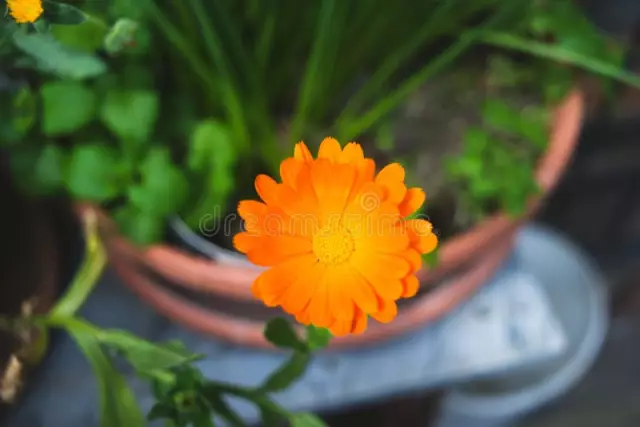- Author Rachel Wainwright [email protected].
- Public 2023-12-15 07:39.
- Last modified 2025-11-02 20:14.
Ergot
Instructions for use:
- 1. Description
- 2. Application
- 3. Contraindications
Ergot description
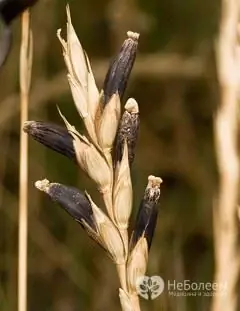
Ergot or uterine horns is a parasitic fungus that occurs on diseased ears of cereals, most often on rye and wheat. The horns are harvested during the harvesting period in the dormant stage, adapted for overwintering. Now in agricultural crops, thanks to modern processing methods, ergot is practically not found, and for medicinal purposes it is cultivated on isolated crops.
The chemical composition of ergot includes a number of poisonous alkaloids - ergosine, ergotamine, ergocriptine, ergocristine, ergocornine, ergometrine, which, when ingested in flour as an impurity, can cause severe poisoning, called ergotism. In addition, the horns contain pigments, saccharides, phytosterols, organic acids, fatty oils, amines and amino acids.
Ergot use
For medicinal purposes, ergot has been used since the second half of the 19th century as an effective hemostatic agent for uterine bleeding. In the form of powder and infusion, this mushroom causes narrowing of the blood vessels simultaneously with an increase in the tone of the muscles of the uterus. It is atonic postpartum uterine bleeding that are the main indications for the use of drugs containing ergot - Ergometrine maleate, Ergotal and Ergotamine hydrotartrate. In addition, these drugs are prescribed for menstrual irregularities, as well as for diagnostic invasive procedures and bleeding after abortion.

Ergot is also included in some combination medicines, for example, in Belloid, which, in addition to ergot, also contains belladonna alkaloids and butylethylbarbituric acid and is used for neurotic disorders, migraines, hyperthyroidism and Meniere's disease.
Ergot is part of the homeopathic remedy Secale comutum and is prescribed for concussion, leg ulcers, diarrhea, migraines, diabetes, difficult labor and high blood pressure.
In folk medicine, ergot is used as an antihypertensive and vasodilator in the treatment of hypertension and a number of other diseases, which are promoted by circulatory disorders, as well as for headaches, mental disorders, menopause and migraine. To prepare a decoction for the treatment of migraines, one teaspoon of ergot is poured over a glass of boiling water and infused for half an hour. Take 1 tablespoon three times a day. This decoction can also be used to stop uterine bleeding.
In a number of experimental studies, it was recorded that ergot preparations, affecting blood pressure, can cause bradycardia, as well as increase blood clotting and damage the vascular endothelium.
When using ergot, it should be borne in mind that this plant is highly poisonous and requires great care and mandatory medical supervision.
Ergot contraindications
Ergot preparations are contraindicated in pregnancy, and their use during childbirth causes various pathologies, including a violation of the independent separation of the placenta and respiratory depression in the newborn.
In addition, contraindications to the use of ergot are angina pectoris and narrowing of peripheral vessels, glaucoma, impaired liver and kidney function, septic conditions, late stages of atherosclerosis and hypertension, gastrointestinal ulcer, and in case of epilepsy, preparations containing ergot are taken with caution.
In case of an overdose of ergot or poisoning with contaminated flour, necrotic changes in the peripheral parts of the limbs, which are accompanied by severe pain syndrome, and lesions of the central nervous system, manifested as drowsiness, paresthesias, dizziness and mental disorders, may develop. In some cases, ergot can lead to acute toxicity with a fatal outcome.
Information about the drug is generalized, provided for informational purposes only and does not replace the official instructions. Self-medication is hazardous to health!


